What a racket! Short-form tennis is a noisy affair, but can it be a smash hit?
A fast-paced, high-octane version of tennis is the latest reimagining of how new fans interact with sports, reports Jamie Braidwood from a packed London arena - but it seems some of the players don’t even know the rules


The ExCel conference centre in east London sits an hour from the plush green lawns and storied tradition of Wimbledon, but in tennis terms it may as well lie a million miles away on this pre-Christmas Saturday afternoon. “Everybody get on their feet and make some nooooiiise,” yells the ageing DJ in bucket hat and denim jacket as he pumps his fist and turns to the crowd, music blaring and lights flashing. “The only thing you will never, ever hear today is ‘please be quiet’. We want to hear you!” And so, as pounding dance anthems fill the room, the show begins: this is UTS and, according to its tagline, it’s “tennis like never before”.
Some of the best players in the world have gathered in London for the UTS (Ultimate Tennis Showdown) Grand Final, and not all of them are familiar with the rules. Jack Draper, a big-serving, confident 21-year-old Brit who is playing UTS for the first time, was not aware of some of the intricacies of the format until he arrived at the venue. And, if you’re only used to watching tennis every July when Wimbledon rolls around, there is a lot to catch up on. According to the event organisers, this is tennis “reimagined” – the match play “fast, furious, immersive and interactive”.
It’s also shorter, which comes to UTS’s biggest selling point. Matches are played over four eight-minute quarters and last around 50 minutes in total, a far cry from the three- or even four-hour contests that are now regular events in men’s tennis at the grand slams. Play is also quickened at every opportunity, with no second serves and a maximum of 15 seconds before it must resume. There are no towel breaks between points, no endless ball bouncing before serves to break up momentum, no lengthy exchanges of deuce games. Competitors also have ‘bonus cards’ in which a single point can be worth three if deployed successfully. It’s still tennis, but the emphasis on shorter, faster periods of action renders it a completely different sport at times.
The question is, why? Just five months ago, the Wimbledon men’s final between Carlos Alcaraz and Novak Djokovic was watched by a record 15 million people across the BBC, despite the fact that, at four hours and 42 minutes, it was the second-longest final ever held at the All England Club. It was one of the greatest matches ever staged at Wimbledon, too, but for the founder of UTS, Patrick Mouratoglou, the former coach of Serena Williams, the question is an existential one. “The average age of a tennis fan is around 60 years old – and it’s not getting any younger,” he says. For Mouratoglou, the future of tennis faces a threat and UTS is part of the solution.
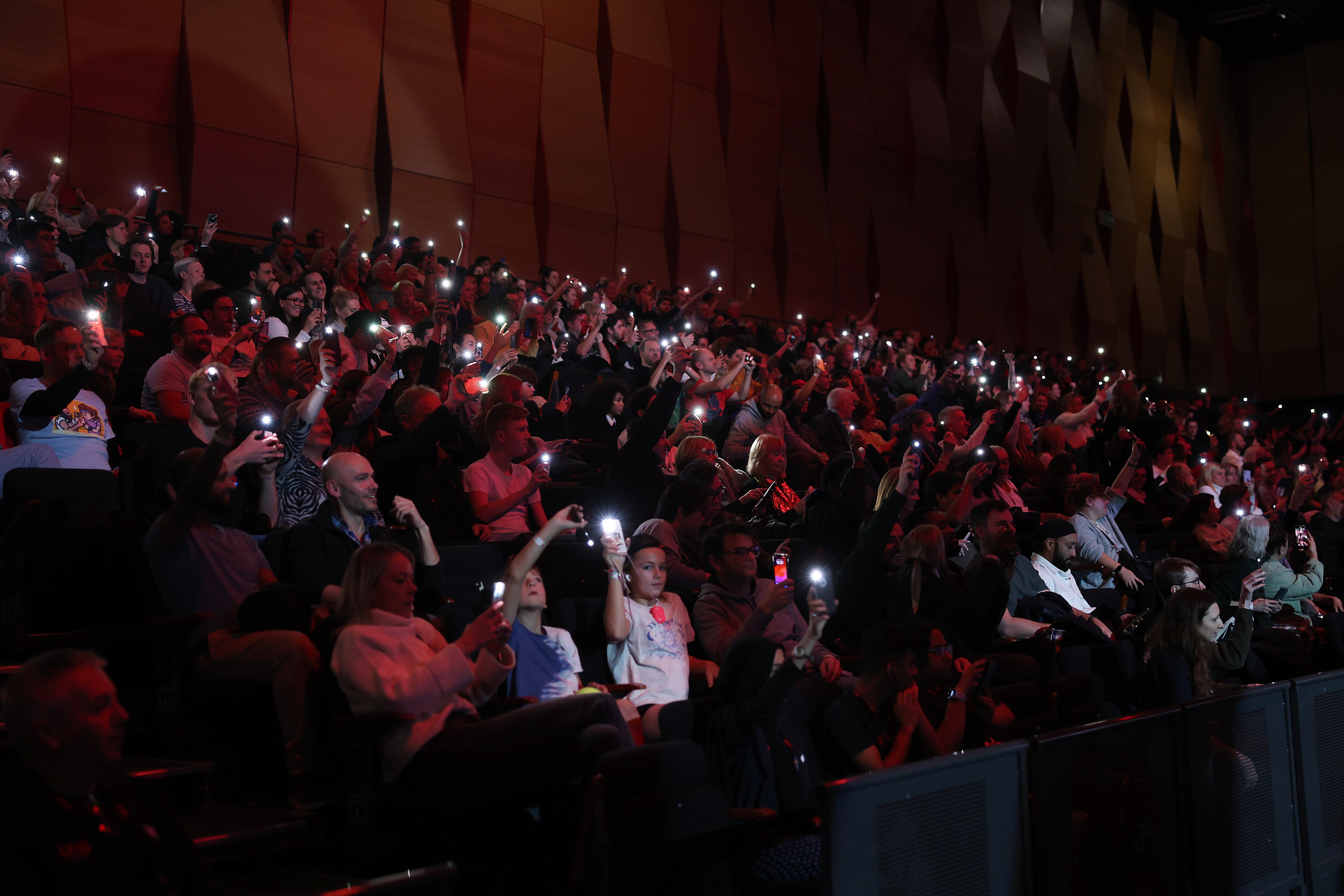
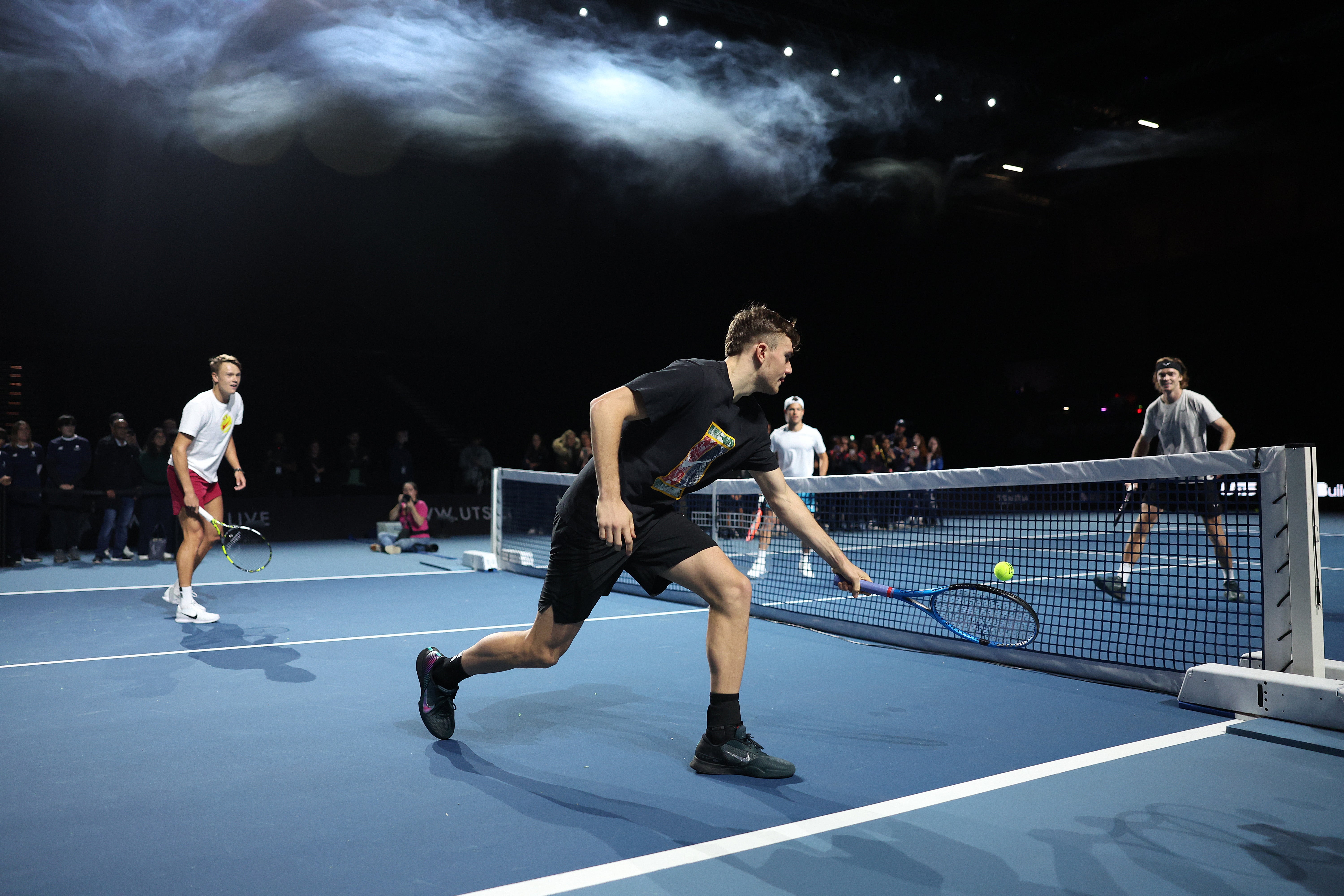
So less is more? For those in the sports marketing business, pitching towards younger audiences requires a new approach. “Statistics show the concentration span of an average person is less now than it was 25 years ago,” explains Jason Harborow, a director at sports strategy company Global13. Jason looks at a younger generation influenced by infinite social media feeds and patterns of doomscrolling and sees a rapidly evolving market. “The demands are so different,” he says. “We’ve got to be constantly innovating because the world is changing.”
Tennis is also not alone as it looks for answers – far from it. Sweep around the sporting landscape and evolution off the field has been met with several attempts to revolutionise sports on, it through shortened, simpler formats. From Formula One’s Sprint weekends to The Hundred in English cricket, and from World Rugby Sevens to Tiger Woods and Rory McIlroy’s upcoming TGL golf league, executives at the top are feeling the squeeze of a crowded digital marketplace and are desperately trying to stand out from the competition, to simplify themselves into a six-second TikTok or minute-long Instagram reel.
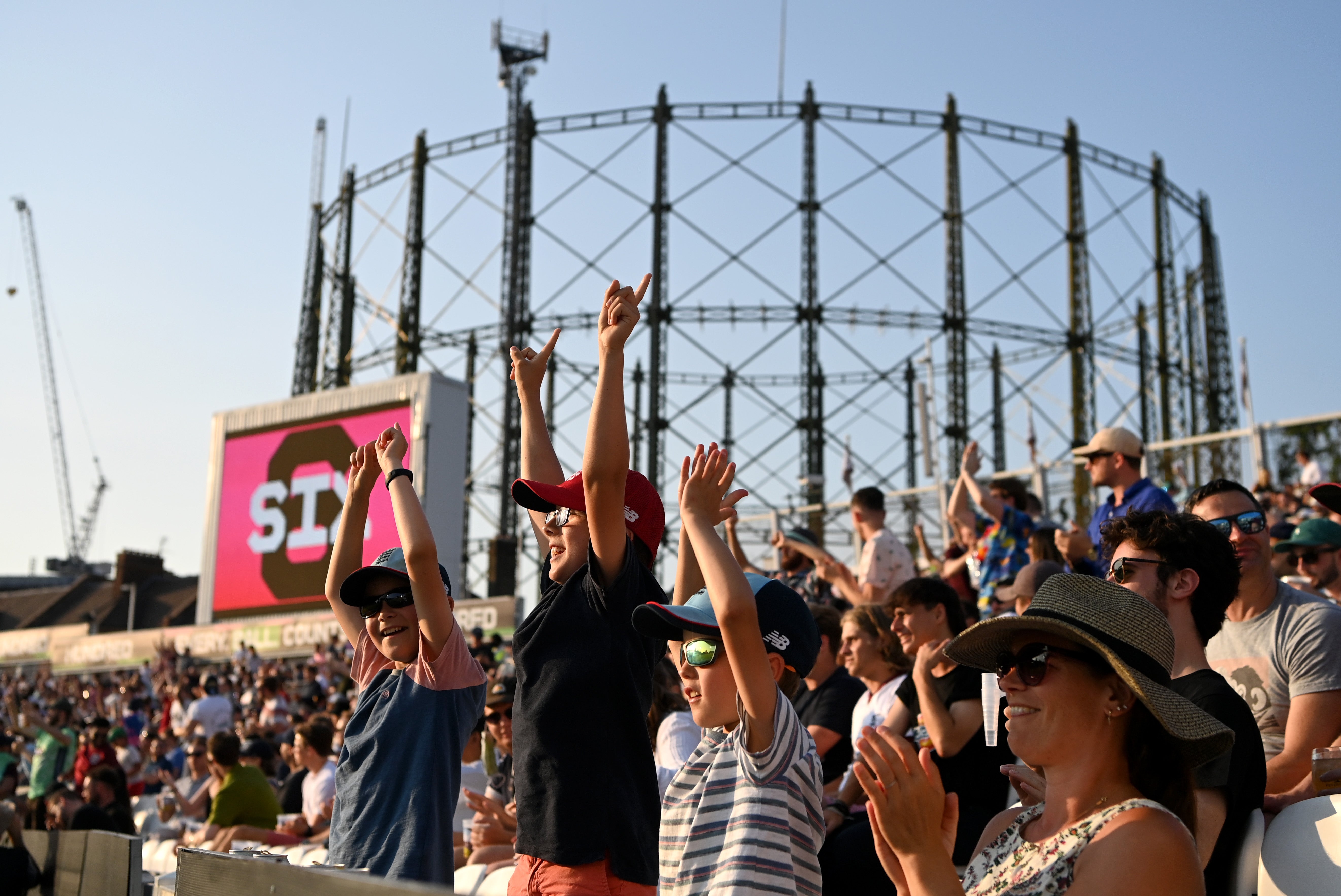
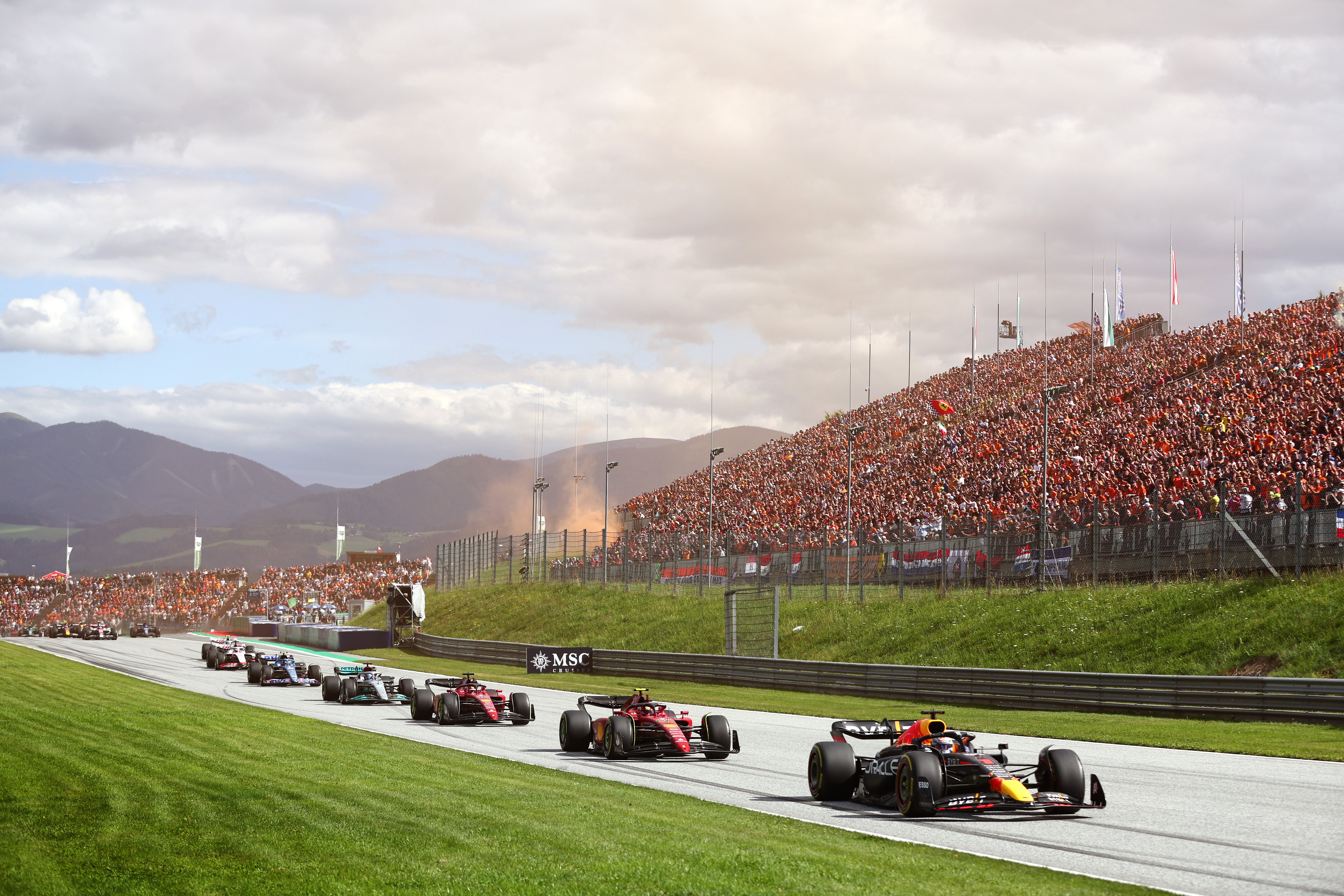
Innovation in sport is hardly a new thing, given the birth of T20 cricket came 20 years ago, but the motivation for changing is different now and the actual sport, it seems, is also no longer enough. “What sport is trying to do is attract a younger market based on entertainment,” Jason says. “And it’s not just about the sport on the field but what goes on around it. As time has gone by, a different type of fan has developed and a different type of event is looked for. Sport is trying to keep up with that.”
It is why the contrast of UTS in London is so stark when compared to Wimbledon. At the All England Club, players must follow a strict code of conduct and are subject to fines if they break the rules; at UTS there are no rules, competitors are actively encouraged to swear and smash their racquets if they lose a point. Players also are introduced as characters, coming out to their own walk-on music before being referred to exclusively by their stage-names - no matter how ridiculous they are - such as Jack “The Power” Draper, Holger “The Viking” Rune, and Alexander “The Bublik Enemy” Bublik.
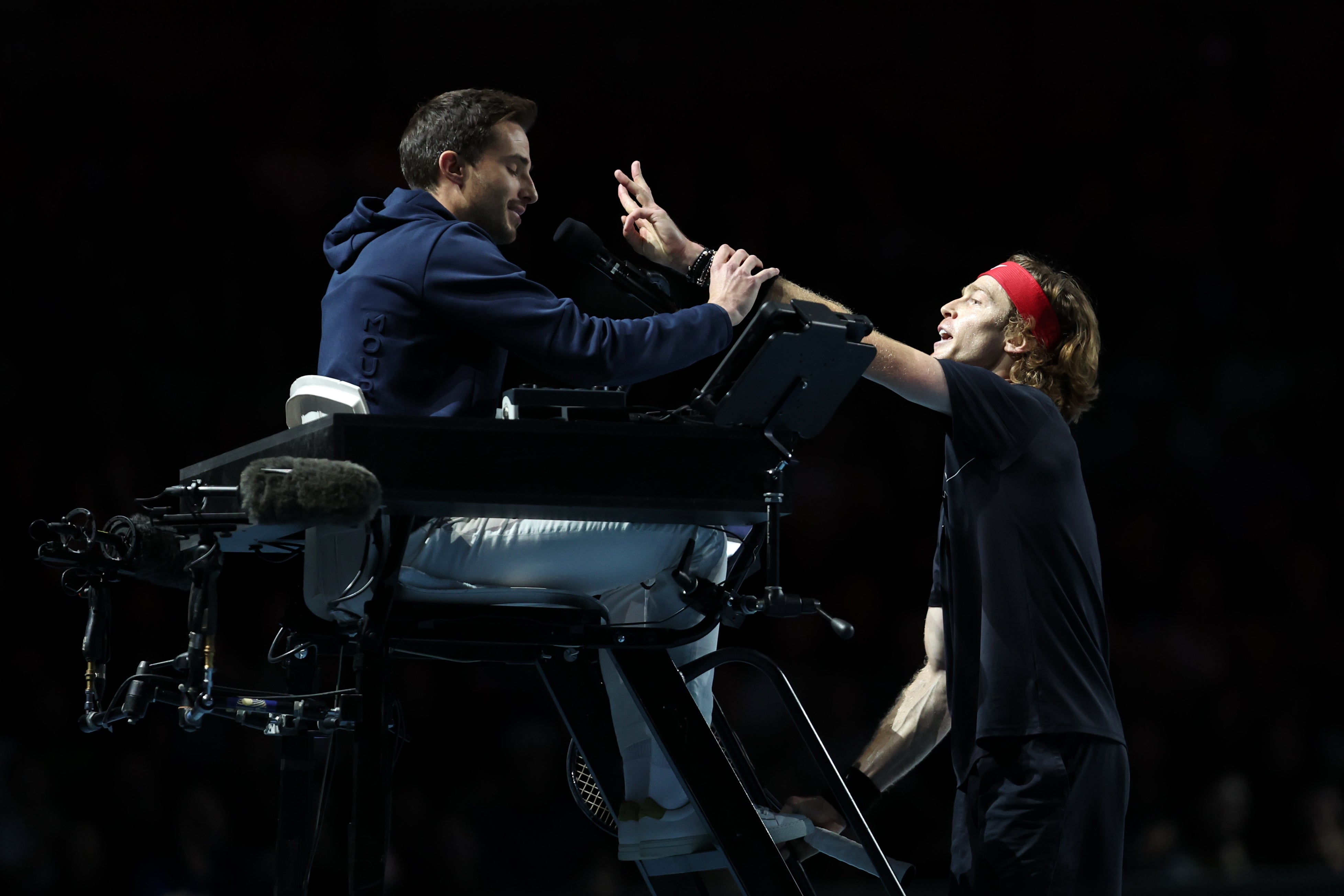
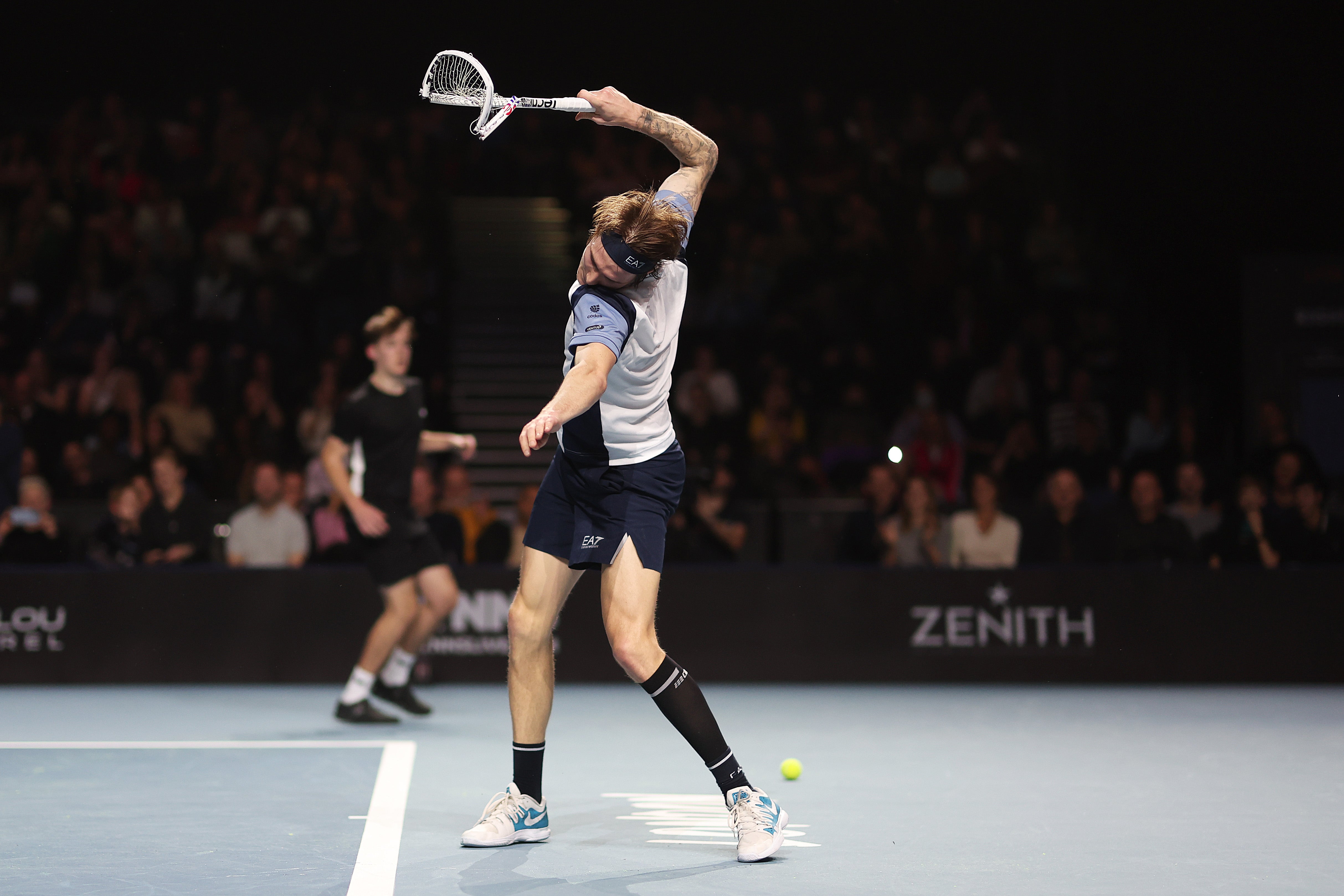
As well as the headache-inducing music, which pumps for about 10 seconds in between each and every point, UTS players must also contend with being interviewed after every quarter, a requirement that seemed to annoy them more than actually revealing anything insightful about their matches. In London, probing frustrated tennis players every eight minutes appeared a thankless task:
“What went wrong there, Holger?” came one question to the World No 8.
“You didn’t see, or…?” came the reply.
“You don’t seem very happy?”
“I don’t like the format, it’s weird.”
“Why?”
“That’s a stupid question.”
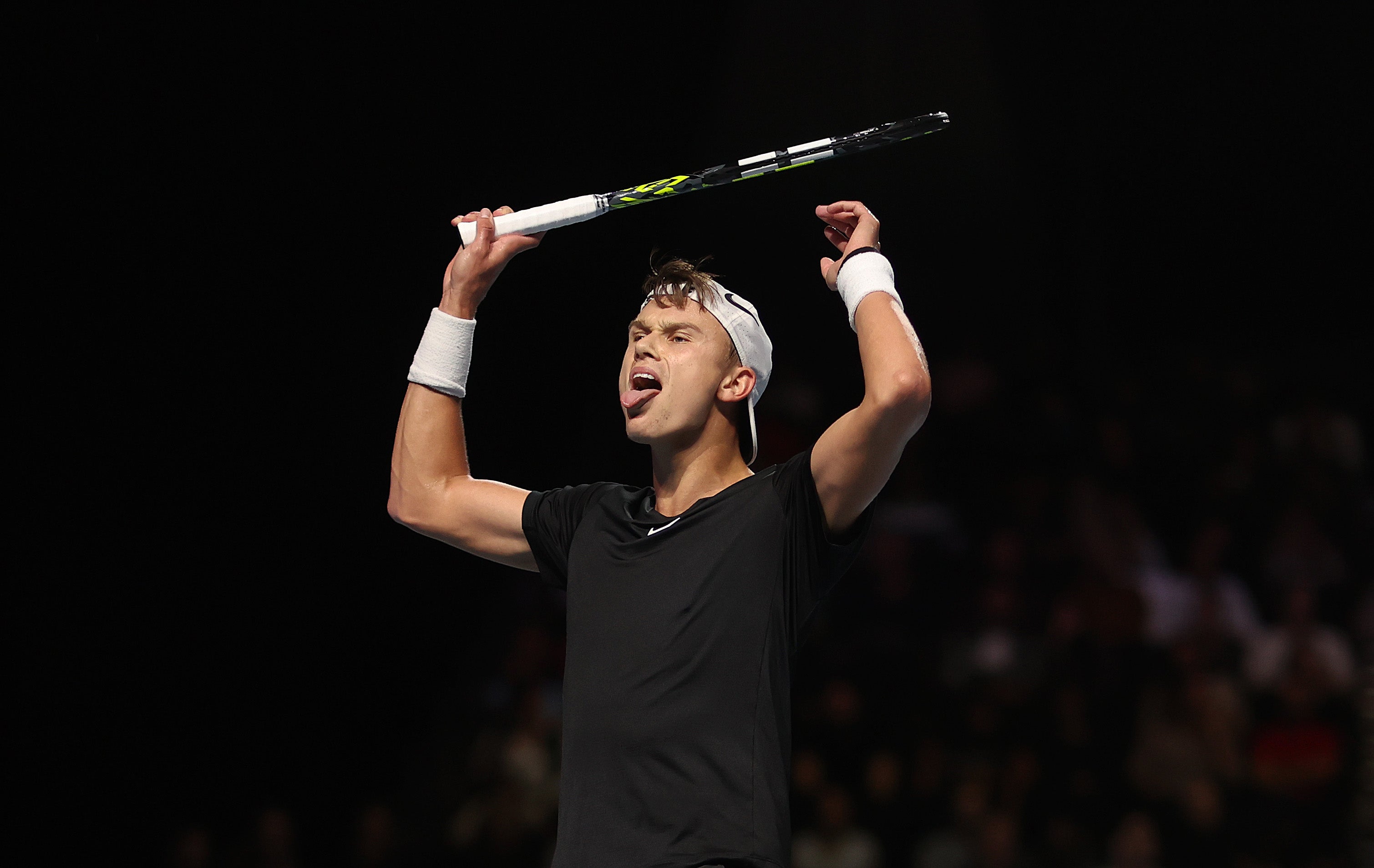
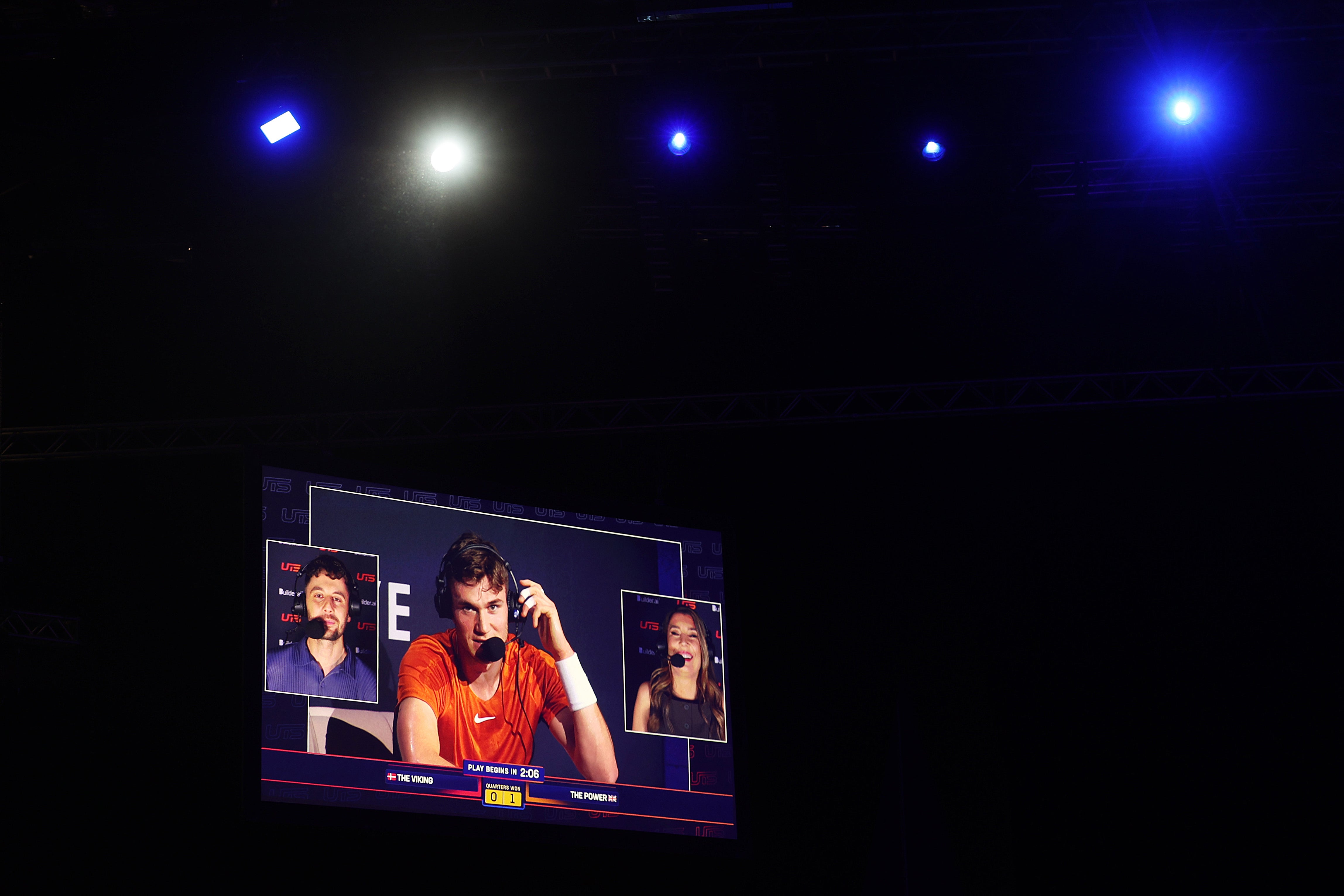
Perhaps the interaction was part of the entertainment but, like the music, it was at times having the opposite effect. Much of the interaction with the crowd came across as patronising and condescending, which is exactly the sort of tone that is likely to turn off younger audiences. The crowds in London, though, were strong enough, with a larger proportion of families than the usual tour-level events, and a sell-out of 6,000 on Saturday. There were elements of the fast-paced format that appealed, even if that could also say much more about how slow some of the play at the top levels of men’s tennis has become. While it remains too early to say if UTS will become an established part of the sport’s calendar, there were some areas of the format that could have a future.
But what the organisers of UTS would say is they are not trying to compete against the sport, and there is room for both the established parts of the game with its history and tradition to stand alongside newer formats and innovations. And as tennis looks for an answer to diversify its audience, it could be that tournaments like UTS stand as a different gateway towards the traditional format, which unquestionably remains the pinnacle of the sport.
Certainly, UTS has received a sizable financial backing and while it was hard to decipher whether the players really believed in it, their pay packets offered some clues as to why some were so keen to travel to London at this part of the off-season. The winner didn’t have to travel at all: Draper defeated Rune in the final and walked away with around £430,000 for three days’ work, almost double what he received for reaching the fourth round of the US Open last season. Given the chance to reach the second week of another major when the Australian Open begins next month, though, and the simple truth is that Draper would trade it away in a moment, even if it does require a four-hour match or two.
Join our commenting forum
Join thought-provoking conversations, follow other Independent readers and see their replies
Comments
Bookmark popover
Removed from bookmarks